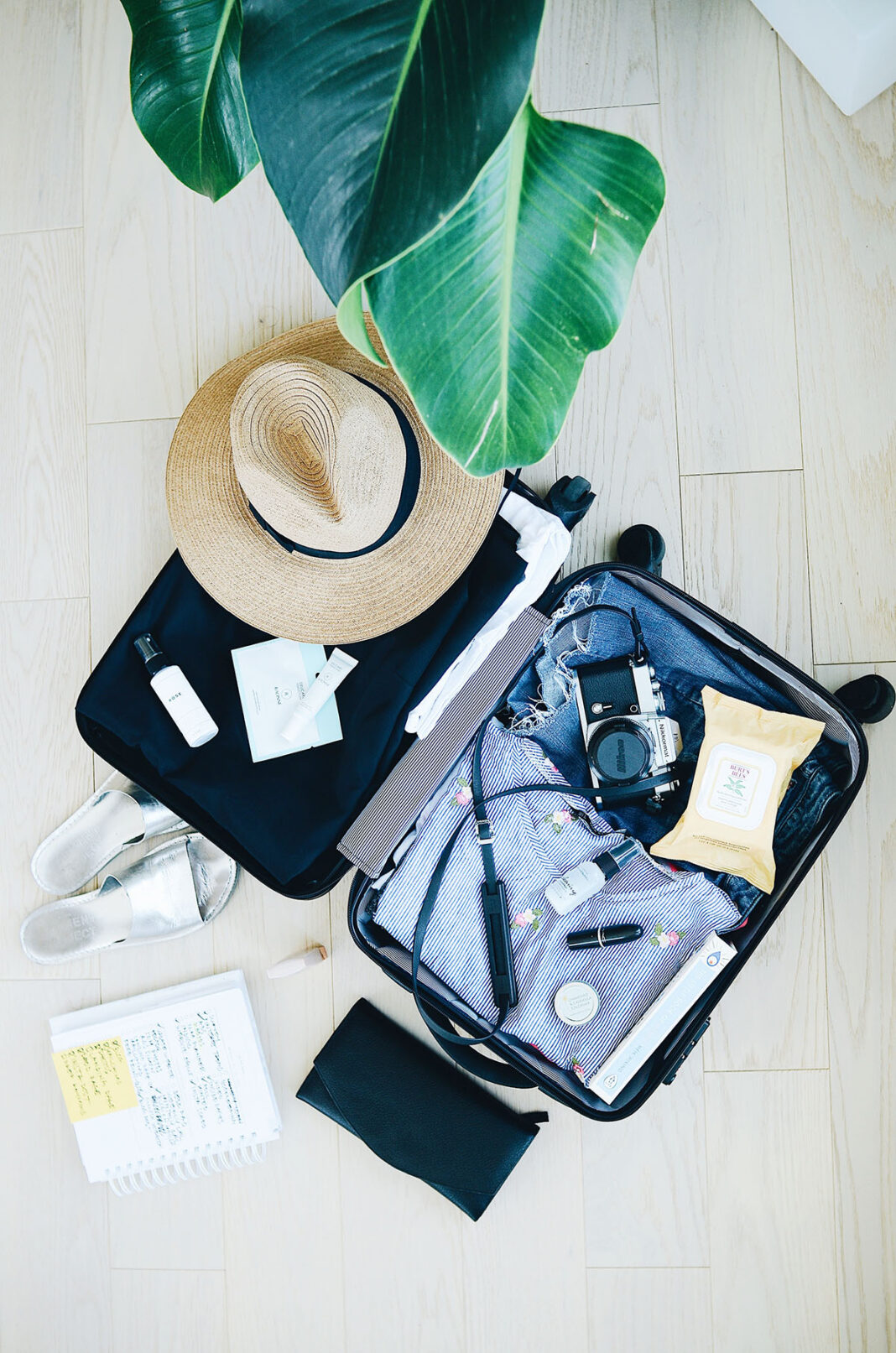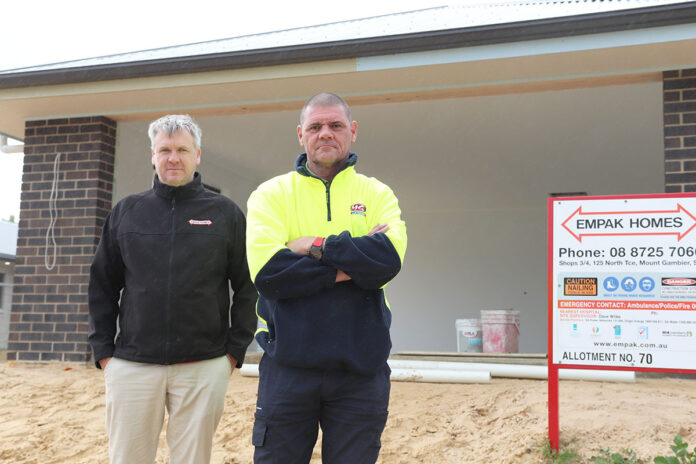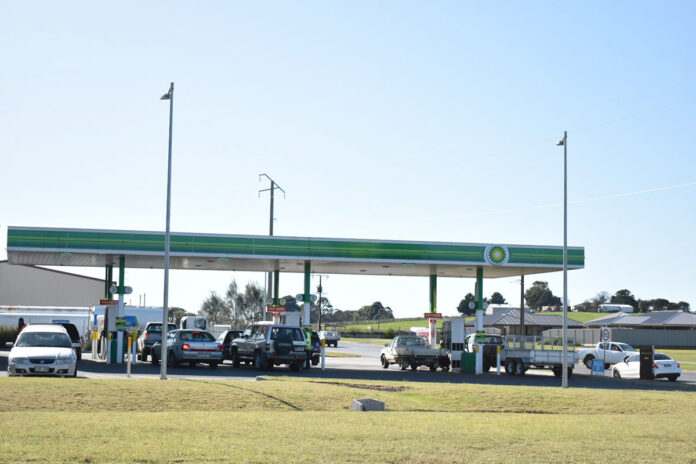Limestone Coast tourism statistics have shown positive signs in recent months, with Victorians on the move again and Adelaide visitation overtaking pre-pandemic numbers.
Limestone Coast Local Government Association chief executive Tony Wright said statistics from the South Australian Tourism Commission (SATC) March 2022 latest dataset revealed normalised tourism patterns were starting to return.
“One of the pleasing things was the value of the Limestone Coast tourism industry in December 2019 was $369m, by December 2021 that was back to $439m,” Mr Wright said.
Mr Wright said particularly high visitation rates from Western Victoria were recorded and southern suburbs in Adelaide began visiting the region strongly when Victoria could not visit during the pandemic.
“The other really good dataset for us is Melbourne and regional Victorian visitation is back up to 30% and before COVID that was tracking at about 35%,” he said.
“So our interstate visitation rate is coming up again, still not quite as high as it was pre-COVID, and Adelaide is now representing 41% of our visitors into the region, which is higher than it was before COVID.”
However, the international market is yet to bounce back, as Mr Wright said according to the data international visitation was tracking at essentially zero.
“We have actually worked really hard to keep our presence in the international markets, particularly through what we call the ‘trades,’ which are the people who do all the bookings,” Mr Wright said.
“So while a lot of other regions just sort of stopped all international activities, our tourism destination development manager Biddie Shearing still kept very active in maintaining those relationships.
“So we’re pretty confident that as Australia starts to become a more popular destination again as COVID lifts, that we’ll be well-positioned to take advantage of it.”
Mr Wright said 22% of domestic overnight stays were people aged between 15 to 24, which was 38% higher than the regional average in South Australia.
He believed this could be due to 20- to 24-year-olds taking advantage of the Great State vouchers.
Mr Wright said a decline in single-day trips was observed and visitors were tending to stay longer, with four to seven night stays significantly higher than most other regions.
“There’s certainly a shift in the type of traveller, so what we’re seeing is generally travellers who will spend more time here,” he said.
“So about 36% of the people who visit will stay between four and seven nights and the rest of regional South Australia only 25% of their visitors do that.
“Also as a result of COVID, drive holidays are starting to become quite popular, which really works to our region’s advantage, because we’re really a drive-holiday destination.”
Mr Wright said the SATC statistics also showed travellers were inclined to spend more money during their stay.
“I think it’s because people are generally staying here a bit longer and they’re embedding themselves in the community and looking for those experiences,” he said.
“And that’s certainly one thing we see as an opportunity going forward, creating more experiences for our visitors which they pay for.
“Based on our strategy with the SATC, we think there’s a potential to build the local tourism economy to about $479m by December 2025 and we think that could even get up to about $609m by December 2030.
“We think there’s a lot of upside in our tourism market, we have got some great operators who are creating some great experiences and we think there’s significant potential for this region to do a lot better as well.”




